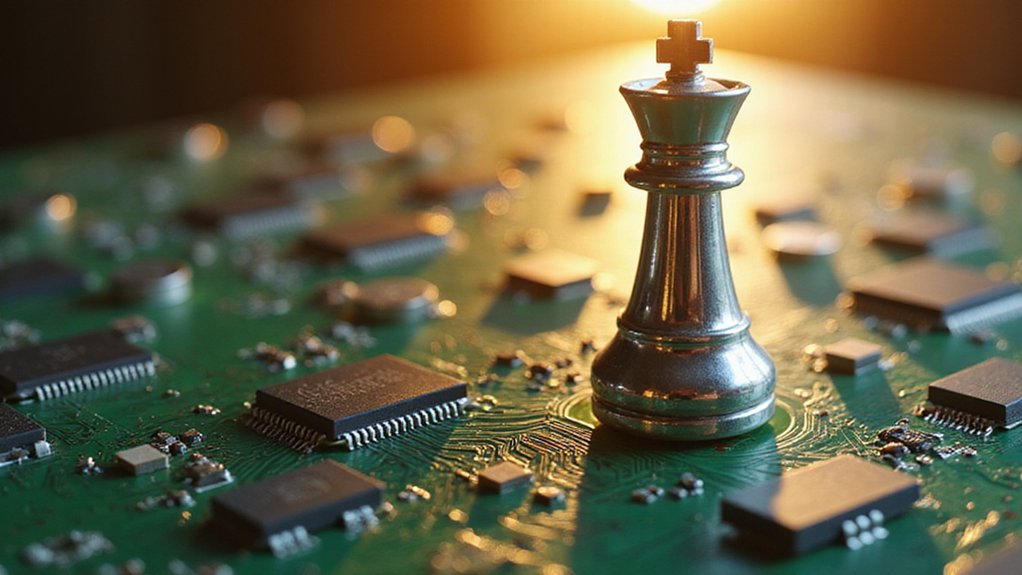Most blockchain entrepreneurs content themselves with disrupting terrestrial financial systems, but Justin Sun—never one to be accused of modest ambitions—has set his sights considerably higher, literally launching Tron’s ecosystem into the stratosphere aboard Blue Origin’s NS-34 flight.
The symbolic gesture (carrying 1,000 community-submitted wishes into space, because apparently even blockchain needs a participation trophy) represents something more substantive than mere publicity stunts. Sun’s space expedition catalyzes Tron’s integration with aerospace ventures, with plans to select five community members for future missions—presumably those who’ve accumulated sufficient TRX tokens to afford the inevitable astronomical costs.
This cosmic pivot leverages blockchain’s inherent advantages for space communication, where traditional centralized systems falter under extraterrestrial conditions. IPFS and Spacecoin XYZ satellites demonstrate how blockchain protocols can secure data transfers between Earth and orbital platforms, protecting against solar radiation and other space environment hazards that would make traditional servers about as reliable as a chocolate teapot.
Tron’s underlying architecture proves surprisingly well-suited for such ambitious applications. The network’s Delegated Proof of Stake consensus mechanism, operated through elected “Super Representatives,” processes approximately 2,000 transactions per second with three-second block times—performance metrics that would make interplanetary commerce theoretically feasible, assuming anyone figures out how to pay near-zero transaction fees with space rocks. At its core, Tron’s mission remains focused on decentralizing the internet and empowering content creators by eliminating intermediaries between producers and consumers.
The technical foundations supporting these celestial aspirations remain impressively robust. Since acquiring BitTorrent in 2018, Tron has evolved from centralized foundation control to community governance, with TRX token holders voting on network decisions while earning staking rewards. The decentralized storage capabilities reduce latency compared to traditional methods, vital when your nearest data center might be orbiting Mars. The platform’s TRON Virtual Machine provides a secure environment for executing smart contracts while supporting multiple programming languages for dApp development. Unlike traditional finance which relies on intermediation and regulatory oversight, Tron’s peer-to-peer transactions eliminate documentation-heavy processes that would prove impractical for space-based operations.
Whether this space-blockchain fusion represents visionary leadership or elaborate performance art remains unclear, but the integration of new token standards like TRUMP via LayerZero suggests serious cross-chain interoperability development.
TRX’s recent 1% price increase indicates renewed investor interest, though one suspects the market’s enthusiasm stems more from earthbound DeFi applications than dreams of lunar mining operations. Still, in an industry where “to the moon” serves as investment philosophy, Sun’s literal interpretation demonstrates invigorating commitment to thematic consistency.






